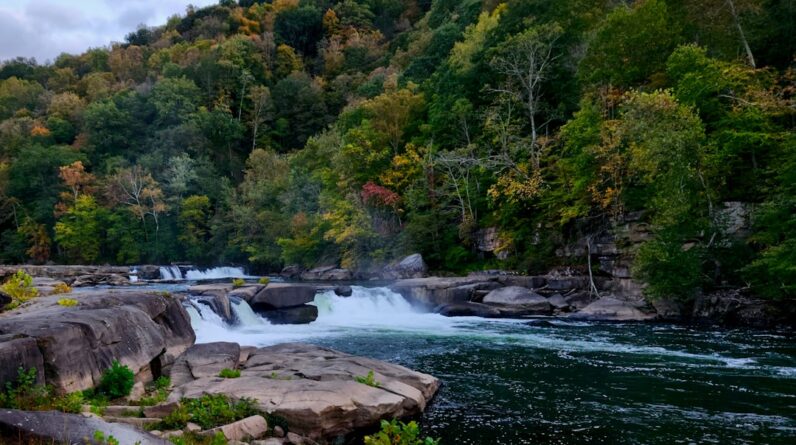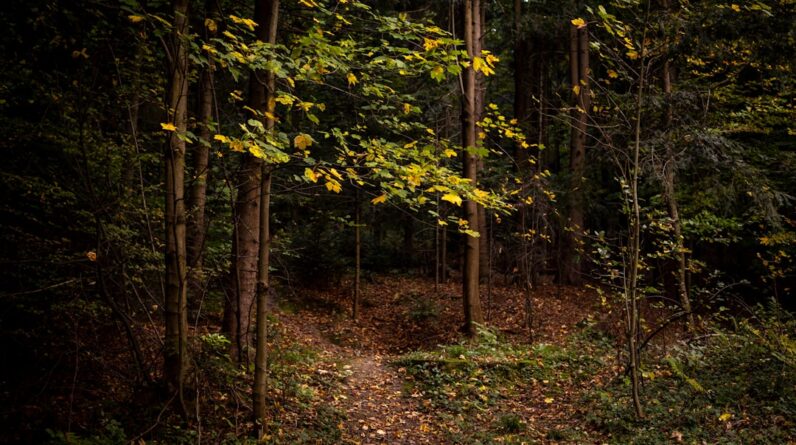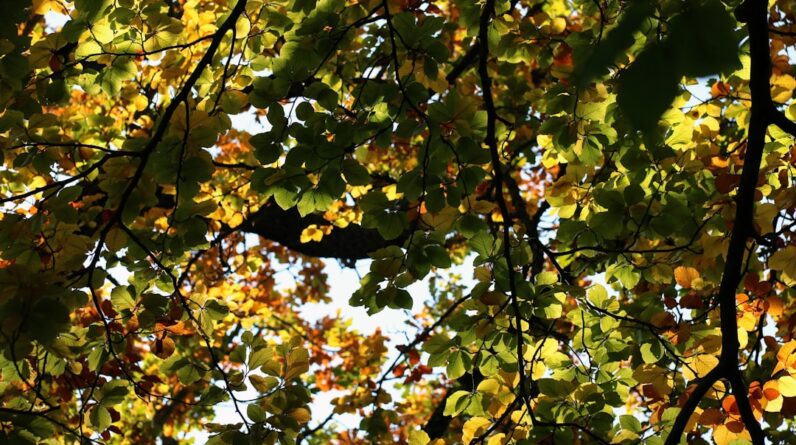Ontario’s provincial parks system is a treasure trove of natural beauty and outdoor adventure. With over 330 parks spread across the province, it is one of the largest and most diverse park systems in Canada. These parks are not only important for their recreational opportunities but also for their role in preserving natural spaces for future generations.
The preservation of natural spaces is crucial for maintaining biodiversity, protecting ecosystems, and mitigating the effects of climate change. Ontario’s provincial parks play a vital role in this effort by providing protected areas where wildlife can thrive and ecosystems can flourish. They also offer opportunities for people to connect with nature, fostering a sense of stewardship and appreciation for the environment.
Key Takeaways
- Ontario’s Provincial Parks offer a diverse range of natural beauty and outdoor activities for visitors to enjoy.
- Northern Ontario is home to stunning landscapes, including vast forests, pristine lakes, and rugged coastlines.
- Hiking trails and outdoor activities are abundant in Ontario’s Provincial Parks, with options for all skill levels.
- Visitors can encounter a variety of wildlife and biodiversity in Ontario’s Provincial Parks, including moose, bears, and rare bird species.
- Camping and accommodations are available throughout the parks, from backcountry camping to fully-equipped cabins and lodges.
The Natural Beauty of Northern Ontario
Northern Ontario is home to some of the most breathtaking landscapes in the province. From rugged coastlines to pristine lakes, this region offers a diverse range of natural beauty. Many of the provincial parks in northern Ontario showcase unique geological features, such as the Canadian Shield and the Niagara Escarpment.
The Canadian Shield, which covers a large portion of northern Ontario, is one of the oldest geological formations on Earth. It is characterized by its rocky terrain, dotted with lakes and forests. Parks like Killarney Provincial Park and Lake Superior Provincial Park offer visitors a chance to explore this ancient landscape, with its towering cliffs and crystal-clear waters.
The Niagara Escarpment, on the other hand, is a UNESCO World Biosphere Reserve that stretches from Niagara Falls to Tobermory. It is known for its dramatic cliffs, waterfalls, and unique plant and animal species. Bruce Peninsula National Park and Mono Cliffs Provincial Park are just two examples of parks that showcase the beauty and diversity of this geological wonder.
Hiking Trails and Outdoor Activities
Ontario’s provincial parks are a paradise for outdoor enthusiasts. With thousands of kilometers of hiking trails, there is something for everyone, from casual walkers to experienced hikers. These trails wind through diverse landscapes, offering stunning views and opportunities to spot wildlife.
In addition to hiking, there are a plethora of other outdoor activities available in Ontario’s provincial parks. Canoeing and kayaking are popular choices, with many parks offering calm lakes and rivers perfect for paddling. Fishing is also a favorite pastime, with numerous lakes and rivers teeming with fish.
Wildlife and Biodiversity in Ontario’s Provincial Parks
Ontario’s provincial parks are home to a rich diversity of wildlife and plant species. From moose and black bears to rare orchids and wildflowers, these parks offer a glimpse into the natural world. Each park has its own unique ecosystem, providing habitat for a wide range of species.
Algonquin Provincial Park is one of the most famous parks in Ontario and is known for its boreal forest. This vast wilderness is home to iconic Canadian animals such as wolves, beavers, and loons. It is also a haven for birdwatchers, with over 270 species of birds recorded in the park.
Camping and Accommodations
Camping is a popular way to experience Ontario’s provincial parks. With a variety of camping options available, from backcountry camping to car camping, there is something for every type of camper. Backcountry camping allows visitors to immerse themselves in nature, with secluded campsites accessible only by foot or canoe.
For those who prefer a bit more comfort, many parks offer car camping sites with amenities such as fire pits, picnic tables, and washroom facilities. Some parks even have roofed accommodations, such as cabins or yurts, for those who want a more unique camping experience.
Scenic Drives and Road Trips

Ontario’s provincial parks are not only accessible by foot or canoe but also by car. There are several scenic drives and road trips that can be taken through these parks, offering breathtaking views and opportunities for exploration.
The Lake Superior Circle Tour is one of the most popular road trips in Ontario. This 2,000-kilometer route takes you along the shores of Lake Superior, passing through several provincial parks along the way. From towering cliffs to sandy beaches, this drive offers a glimpse into the rugged beauty of the region.
Waterfalls, Lakes, and Rivers
Ontario’s provincial parks are home to numerous waterfalls, lakes, and rivers, offering endless opportunities for water-based activities and scenic beauty. Kakabeka Falls Provincial Park is known as the “Niagara of the North” and features a stunning 40-meter waterfall that cascades into the Kaministiquia River.
Lake of the Woods Provincial Park is another popular destination for water enthusiasts. This park is located in Northwestern Ontario and is known for its crystal-clear waters and countless islands. It offers excellent fishing, boating, and swimming opportunities.
Winter Wonderland: Activities in the Snow
Ontario’s provincial parks are not just for summer adventures; they also offer a wide range of winter activities. From cross-country skiing to snowshoeing, there are plenty of ways to enjoy the snowy landscapes.
Arrowhead Provincial Park is a popular winter destination, offering over 33 kilometers of groomed cross-country ski trails and 8 kilometers of snowshoe trails. The park also has an outdoor ice skating trail that winds through the forest, providing a unique winter experience.
Indigenous Culture and History
Many of Ontario’s provincial parks have significant Indigenous culture and history. Pukaskwa National Park, located on the shores of Lake Superior, is one such park. It is home to the Pukaskwa Pits, ancient archaeological sites that provide insight into the lives of Indigenous peoples who lived in the area thousands of years ago.
Sustainable Tourism and Conservation Efforts in Ontario’s Provincial Parks
Ontario’s provincial parks are committed to sustainable tourism and conservation efforts. Initiatives such as Leave No Trace promote responsible outdoor recreation, encouraging visitors to minimize their impact on the environment.
In addition, many parks have programs in place to protect endangered species and preserve fragile ecosystems. For example, Point Pelee National Park is home to one of the most diverse ecosystems in Canada and is actively involved in conservation efforts to protect its unique flora and fauna.
In conclusion, Ontario’s provincial parks offer a wealth of natural beauty, outdoor activities, and opportunities for exploration. From the diverse landscapes of northern Ontario to the waterfalls, lakes, and rivers found throughout the province, there is something for everyone to enjoy. These parks also play a crucial role in preserving biodiversity and promoting sustainable tourism, ensuring that future generations can continue to experience the wonders of Ontario’s natural spaces.
If you’re looking to explore the rugged beauty of Ontario’s provincial parks, you might also be interested in learning about the benefits of strength training as we age. In the article “Defying Gravity: The Importance of Strength Training as We Age,” you’ll discover how incorporating strength training into your fitness routine can help maintain muscle mass, improve bone density, and enhance overall physical function. Check out the article here to learn more about this essential aspect of healthy aging.








